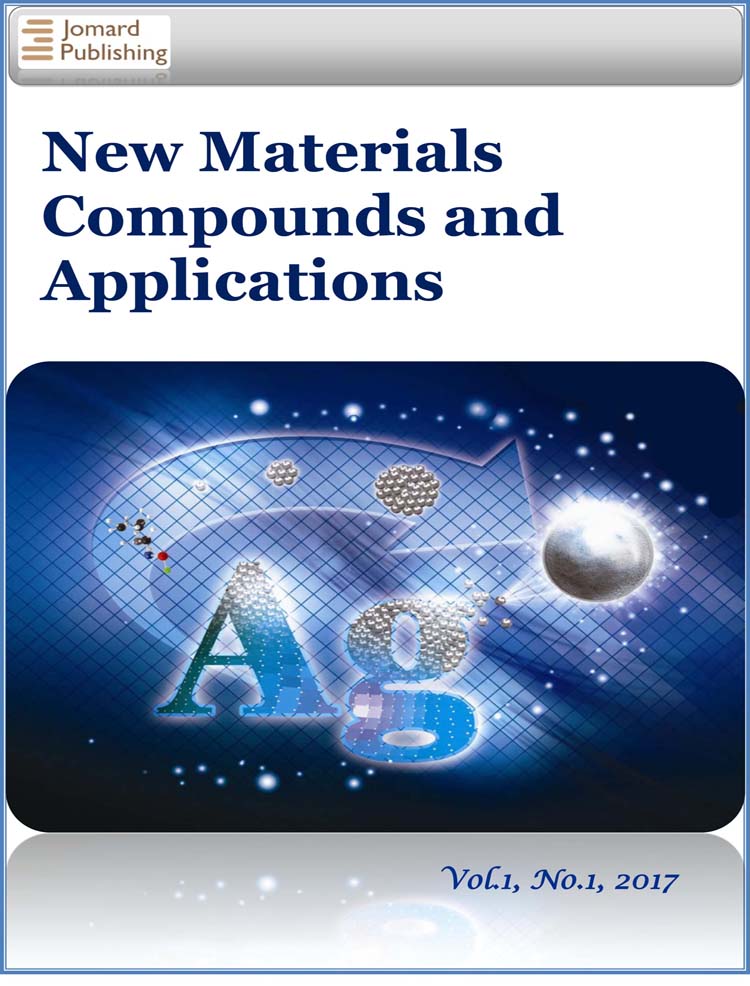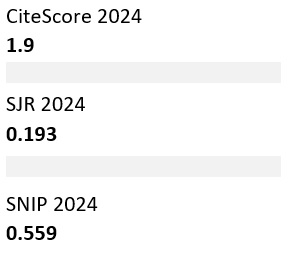Study of Mineral Formation Processes during Firing of Ceramic Masses Containing Mud Volcano Eruption Product
- Published: 09-04-2025
Share
As a result of the research, the mineralogical compositions of the eruption products of the mud volcanoes (EPMV) of Azerbaijan Keyreki, Sangachal and Kobu and the products of their firing were established. X-ray phase analysis showed that despite the remoteness of their deposits, the phase compositions of all three eruption products are close and are represented by quartz, feldspar, montmorillonite, kaolinite, illite, calcite, hematite and an amorphous phase. As a result of the studies, the mechanisms of mineral formation in EPMV-containing systems that differ in raw material composition and firing temperatures were established. The research results showed that the introduction of NaF into masses containing Kobu EPMV leads to a decrease in α-quartz and an increase in diopside, and the introduction into lime-faience masses with Sangachal EPMV leads to a sharp increase in the diopside content and a decrease in the glass phase content. The introduction of NaF into masses with Keyreki EPMV contributes to a decrease in the α-quartz content of the glass phase and an increase in feldspar and diopside. It has been established that NaF has a more significant effect on the process of mineral formation in mixtures with Keyreki EPMV, which may be due to its high dispersity and the optimal ratio of components in the mixture. The data obtained show that the effect of the NaF mineralizer in an amount of up to 3% on the process of mineral formation during firing of stone ceramic masses containing EPMV is insignificant. Preliminary studies have also shown the possibility of using volcanic eruption products in the production of building ceramic materials.
- View 1029
- Downloads 184
- Saveds 0
- Citations (Crossref) 0



